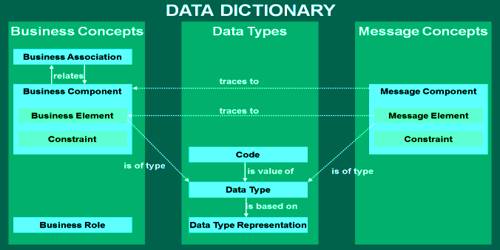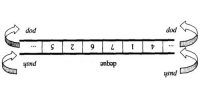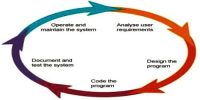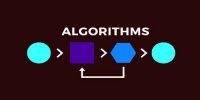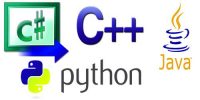Data Dictionary
A data dictionary is a computer-based Catalog or dictionary containing metadata (data about data). It is a file or a set of files that contains a database’s metadata. It is a collection of descriptions of the data objects or items in a data model for the advantage of programmers and others who need to refer to them. Without a data dictionary, however, a database management system cannot access data from the database.
A data dictionary includes information defining:
- The structure of the data elements
- The types of fields.
- Other characteristics like network sharing parameters of a database.
- Table constraints such as primary key attributes, foreign key information etc.
- Information about the database views those are visible.
Common elements included in a data dictionary.
- Attribute Name – A unique identifier, typically expressed in business language, that labels each attribute.
- Optional/Required – Indicates whether the information is required in an attribute before a record can be saved.
- Attribute Type – Common types include text, numeric, date/time, enumerated list, look-ups, booleans, and unique identifiers.
Types of data dictionary –
Active Data Dictionary – This is the responsibility of the database management system in which the data dictionary resides.
Passive Data Dictionary –This is maintained separately to the database whose contents are stored in the dictionary.
